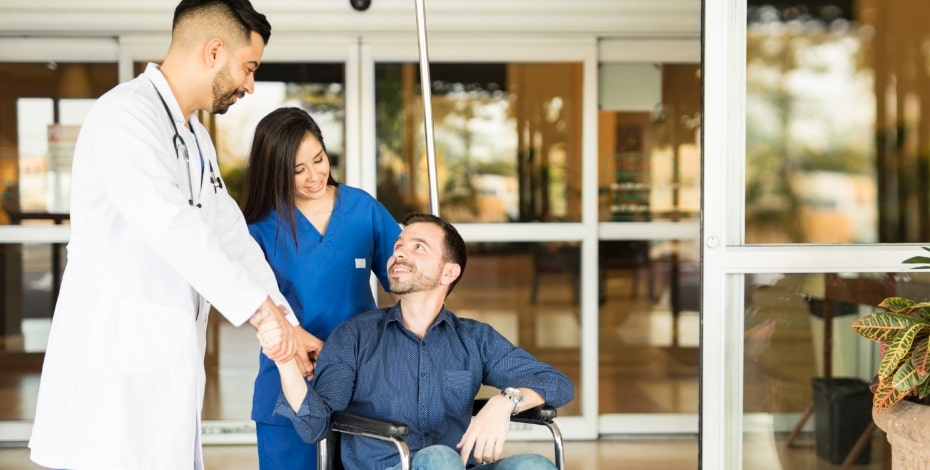
Easing the transition from ICU to home

Physiotherapist Alisha da Silva has received a Physiotherapy Research Foundation Seeding Grant to co-design a website for patients returning home from the ICU.
Intensive care unit (ICU) survivors often face a long process of recovery as they transition from the ICU to a hospital ward and then home.
In addition, patients who have been critically ill are at risk of developing post- intensive care syndrome (PICS), a collection of health problems that may affect their cognitive ability, physical health and mental health.
Alisha da Silva APAM, a clinician–researcher at the Royal Melbourne Hospital and a PhD student at the University of Melbourne, is interested in making the transition smoother for patients leaving ICU.
Her research is focused on improving the patient experience and people’s quality of life as they recover.
Alisha’s PhD sits within a wider research program focused on optimising recovery after critical illness, led by Associate Professor Selina Parry FACP from the University of Melbourne.
Alisha recently received a Physiotherapy Research Foundation Seeding Grant to co-design a web-based toolkit for ICU survivors and their carers as they transition from the ICU environment to home.
The project builds on an earlier project that looked at the recovery journey of ICU survivors and their carers as they moved
from ICU to hospital ward to home as well as the perspectives of clinicians working with these patients in each environment.
‘Patients and caregivers felt like there wasn’t much information out there about how to continue recovery after leaving hospital.
‘They also wanted more guidance about exercise, dietary requirements and other things that they could do at home.
‘That’s where the idea for the online toolkit came from,’ Alisha says.
The Physiotherapy Research Foundation Seeding Grant will enable Alisha to specifically focus on gaining the valuable perspectives of former ICU patients, caregivers and clinicians to refine the toolkit content developed by Selina Parry’s team.

Alisha da Silva received a PRF Seeding Grant for her work on the transition from ICU to home.
Alisha is hoping to recruit 15 former ICU patients and caregivers and 15 multidisciplinary clinicians to take part in workshops.
The first series of workshops will focus on identifying the content required and the preferred way to present it, while a second series will look at the proposed design.
‘Using the information we collect in the workshops, we’ll design a mock-up of a web-based toolkit and then bring that back to the cohort for a second round of workshops to make sure that the content and design align to their needs,’ Alisha says.
Once the proposed toolkit has been refined with input from the stakeholders, a fully functional interactive prototype toolkit will be developed by Selina Parry’s team.
Alisha will then take the prototype back to the stakeholders for further input and refinement in a proof-of-concept phase that will use a ‘think aloud’ method to evaluate usability.
‘We’ll have individual stakeholders looking through the toolkit page by page so we can refine it more before we release it to a broader audience.
‘Our co-design process ensures that we are involving consumers at every step of the way to make sure that the toolkit is targeted to their needs,’ Alisha says.
‘I hope it will help people to not feel so isolated, provide them with valuable information and link them in to the right services.’
>> The PRF acknowledges the legacy of Jill Nosworthy’s support of cardiorespiratory research.
© Copyright 2024 by Australian Physiotherapy Association. All rights reserved.





